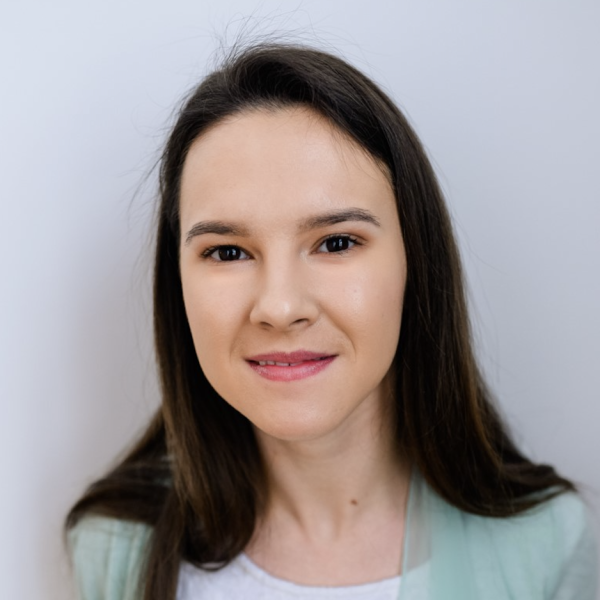Spatiotemporal signal space separation for regions of interest: Application for extracting neuromagnetic responses evoked by deep brain stimulation.
Magnetoencephalography (MEG) is a non-invasive imaging technique which allows us to understand how brain networks are modulated by therapies such as Deep Brain Stimulation (DBS). Major drawbacks of MEG are: 1) high sensitivity to DBS artefacts, and 2) limited spatial resolution due to the spread of inferred brain activity. We develop techniques to address these shortcomings and reveal how DBS may modulate brain networks at short timescales.
Magnetoencephalography (MEG) recordings are often contaminated by interference that can exceed the amplitude of physiological brain activity by several orders of magnitude. Furthermore, the activity of interference sources may spatially extend (known as source leakage) into the activity of brain signals of interest, resulting in source estimation inaccuracies. This problem is particularly apparent when using MEG to interrogate the effects of brain stimulation on large-scale cortical networks. In this technical report, we develop a novel denoising approach for suppressing the leakage of interference source activity into the activity representing a brain region of interest. This approach leverages spatial and temporal domain projectors for signal arising from prespecified anatomical regions of interest. We apply this denoising approach to reconstruct simulated evoked response topographies to deep brain stimulation (DBS) in a phantom recording. We highlight the advantages of our approach compared to the benchmark-spatiotemporal signal space separation-and show that it can more accurately reveal brain stimulation-evoked response topographies. Finally, we apply our method to MEG recordings from a single patient with Parkinson's disease, to reveal early cortical-evoked responses to DBS of the subthalamic nucleus.

2024. Hum Brain Mapp, 45(2)e26602.
2022. NPJ Parkinsons Dis, 8(1):88.
2021. eNeuro, 8(3).
2021. Sci Rep, 11(1):17720.

